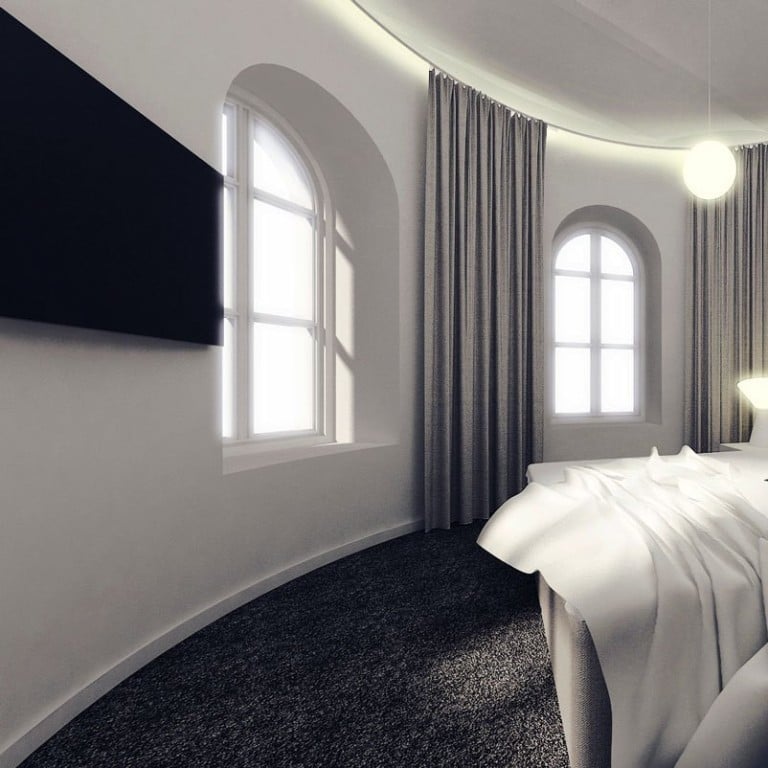How Copenhagen’s Hotel Ottilia became the world’s first hotel with ‘self-cleaning rooms’

Staying in hotel rooms can often come with its own set of horrors.
What if the floors of rooms haven’t been dusted or mopped for weeks? Even worse, what if the curtains haven’t been dry cleaned for ages?
Well, for all you cleanliness freaks out there, there’s good news!
The boutique Hotel Ottilia, which opened its doors in January in the Danish capital, Copenhagen, is doing away with the need for manual cleaning – and thus ensuring 100 per cent tidiness.

Situated in a pair of former Carlsberg brewery buildings, the hotel uses automatic disinfectant cleaning technology in its rooms, which it says makes it the world’s first ever self-cleaning hotel.
Its ACT CleanCoat technology has been rolled out in partnership with Danish company ACT.Global.
The technology equips sunlight and titanium dioxide to do its job and comes with a Teflon-coating that can break down harmful microbes, such as bacteria, viruses, airborne mould spores and chemical compounds.
It uses a transparent antibacterial spray that works on steroids and can purify and deodorise the air for up to a year.
Apart from its self-cleaning properties, the CleanCoat spray also aims to reduce manual labour costs by half.
Karim Nielsen, CEO of Brockner Hotels, the parent company of Hotel Ottilia, says: “What really sold us on [the technology] was that it would make life so much easier for our staff.”
He says: “It’s giving our staff a much easier day and reducing our water consumption.”
Fancy staying at the self-cleaning Ottilia?

Boutique property’s automatic disinfectant cleaning technology breaks down harmful microbes, such as bacteria, viruses and airborne mould spores